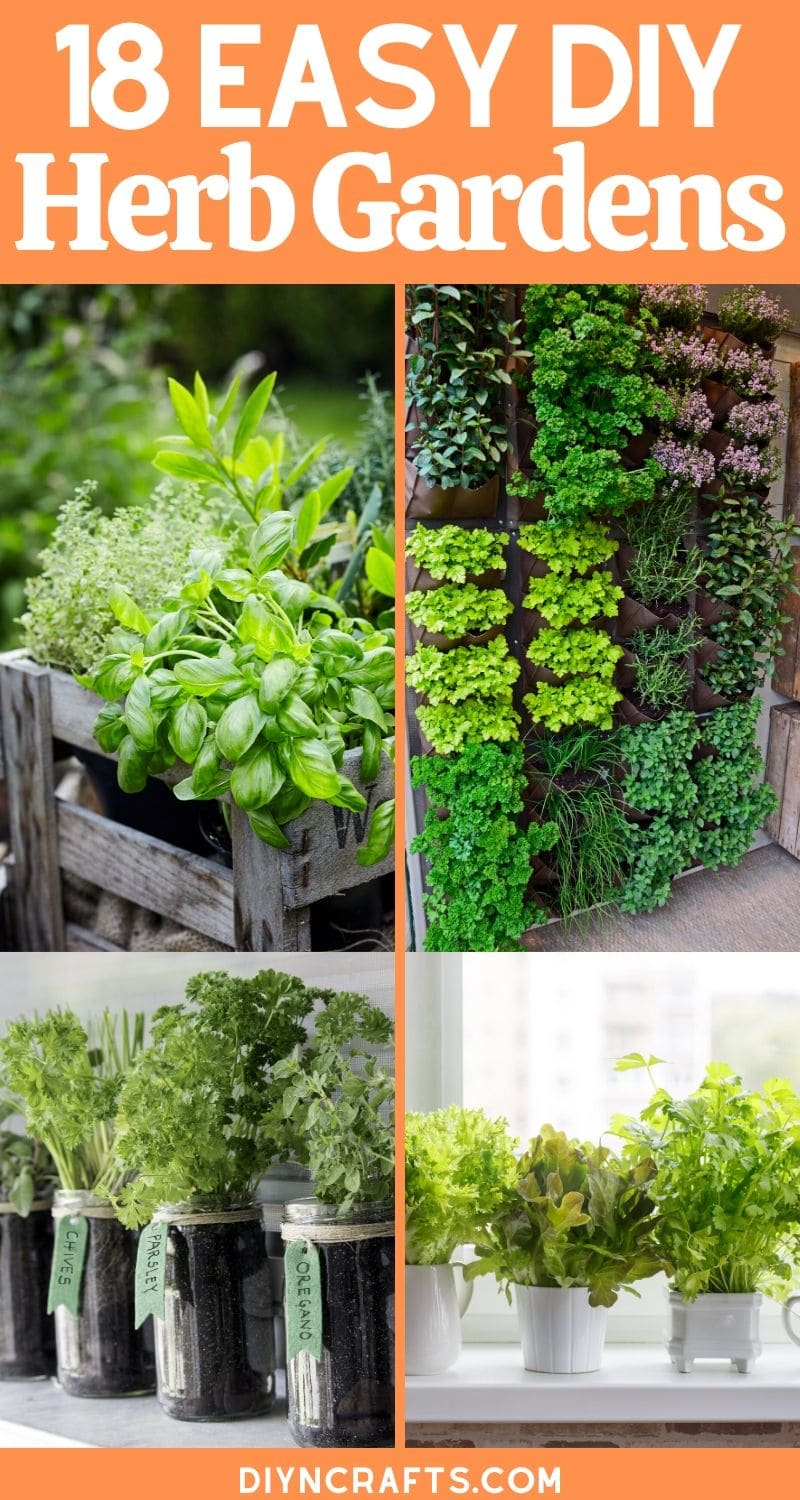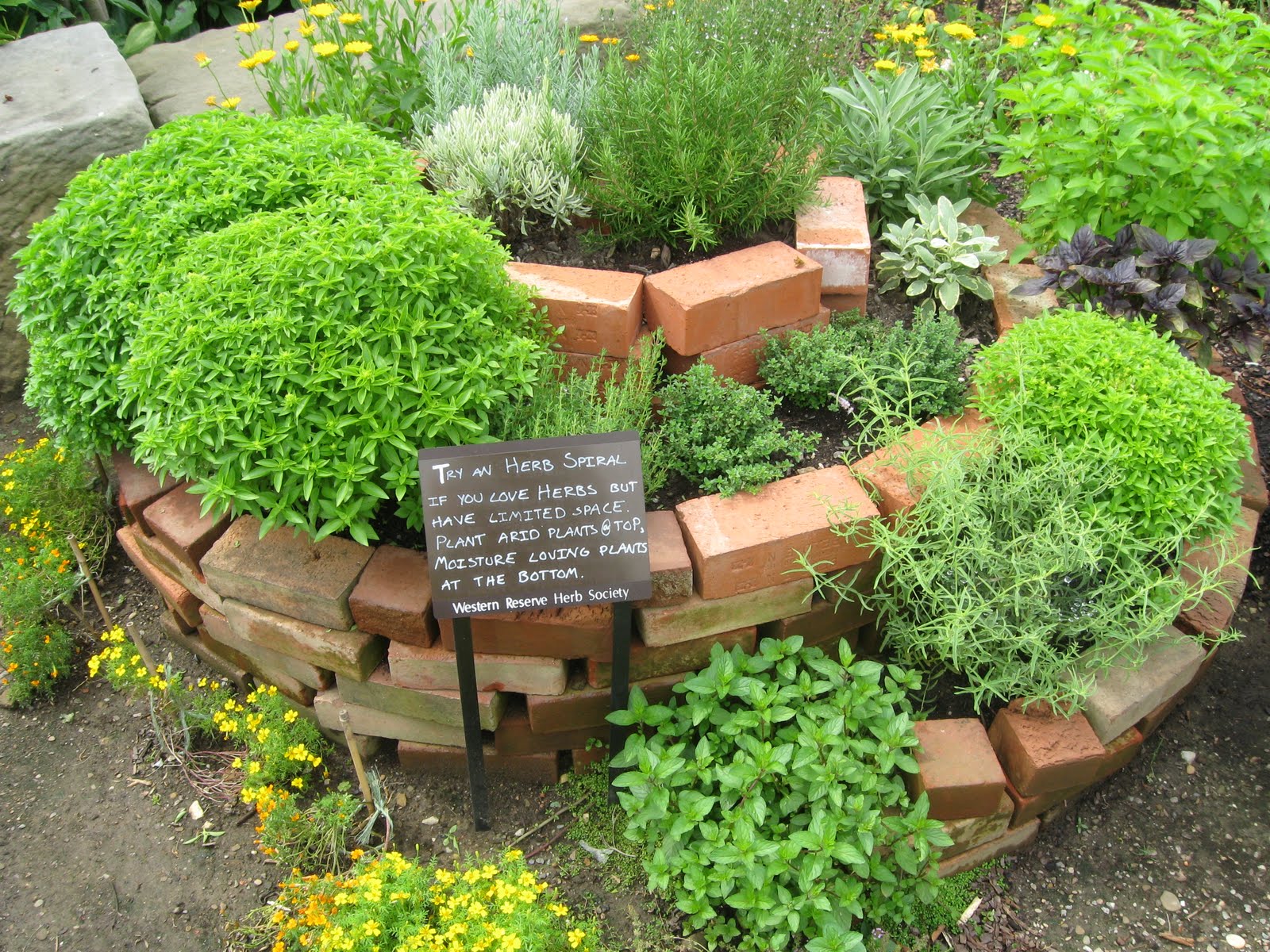How to Create a Beautiful Herb Garden at Home

Imagine stepping out into your backyard and being greeted by the aromatic scents of fresh herbs—rosemary, thyme, basil, and more. Picture the vibrant greens and purples of these plants, not just adding flavor to your meals but also beauty to your outdoor space. Creating a stunning herb garden at home is more than just a hobby; it's a journey that combines the joy of gardening with the practicality of having fresh herbs at your fingertips. Whether you're a seasoned gardener or a beginner, this guide will walk you through every step, from planning to planting and caring for your herb garden. Let's dive in!
Planning Your Herb Garden
Choosing the Right Location
The first step in creating a beautiful herb garden at home is selecting the perfect spot. Herbs thrive in sunny locations, so choose an area that gets at least 6-8 hours of sunlight daily. If you're limited on space, consider a windowsill or balcony garden. Herbs like basil, parsley, and chives can do well in pots, making them ideal for urban gardening.
Selecting Your Herbs
When it comes to herb gardening tips, one of the most important is to choose herbs that you will actually use. Popular choices include:
- Basil: Perfect for pesto and salads.
- Rosemary: Great for roasting meats and potatoes.
- Thyme: Versatile in soups, stews, and marinades.
- Parsley: A staple in many dishes, from salads to sauces.
- Mint: Refreshing in teas and cocktails.
Consider the growth habits of each herb. For example, mint is invasive and should be planted in a container to prevent it from taking over your garden.
Home Herb Garden Design
Layout and Aesthetics
Designing your herb garden is like painting a canvas. Think about the layout and how each herb will complement the others. You can create a formal herb garden with geometric shapes and structured paths, or opt for a more casual, cottage-style garden with flowing beds and mixed plantings.
Container Gardening
If you're short on space, container gardening is a fantastic option. Choose pots that are at least 12 inches deep to allow for proper root growth. Terracotta pots are a classic choice, but you can also get creative with repurposed items like old boots, teacups, or even a vintage wheelbarrow.

Planting Herbs
Soil Preparation
Good soil is the foundation of a healthy herb garden. Most herbs prefer well-draining soil with a pH between 6.0 and 7.0. You can improve your soil by adding compost or well-rotted manure. If you're using containers, opt for a high-quality potting mix.
Planting Techniques
When planting herbs, follow these steps:
- Dig a Hole: Make it twice as wide and just as deep as the root ball.
- Add Compost: Mix in some compost to enrich the soil.
- Place the Plant: Gently remove the herb from its container and place it in the hole.
- Fill and Water: Fill in around the plant with soil and water thoroughly.
Companion Planting
Companion planting is a great way to maximize your garden's productivity. For example, planting basil near tomatoes can improve the flavor of both. Chives and garlic can deter pests, making them great companions for many herbs.
Caring for Your Herb Garden
Watering and Fertilizing
Herbs generally don't require much water, but it's important to keep the soil consistently moist, especially during the hot summer months. A layer of mulch can help retain moisture and suppress weeds. Fertilize your herbs sparingly; too much fertilizer can reduce the concentration of essential oils, which give herbs their flavor.
Pruning and Harvesting
Regular pruning encourages bushier growth and prevents herbs from becoming leggy. Pinch back the tips of plants like basil and mint to encourage new growth. Harvest herbs in the morning after the dew has evaporated for the best flavor.
Pest and Disease Control
Keeping your herb garden healthy involves watching out for pests and diseases. Common pests include aphids, spider mites, and whiteflies. Organic solutions like neem oil or insecticidal soap can help control these pests. Proper spacing and good air circulation can prevent fungal diseases.

DIY Herb Garden Ideas
Vertical Gardening
If you're short on space, consider a vertical herb garden. You can use a trellis, wall-mounted planters, or even a pallet to grow herbs vertically. This not only saves space but also adds a unique visual element to your garden.
Herb Spirals
An herb spiral is a creative and space-efficient way to grow a variety of herbs. It's a raised bed designed in a spiral shape, allowing you to plant herbs with different water and sunlight needs in one compact space.
Hydroponic Herb Gardens
For those who want to try something different, hydroponic gardening is a soil-less method of growing plants. It's perfect for urban gardeners and can be set up indoors, ensuring a year-round supply of fresh herbs.
Conclusion
Creating a beautiful herb garden at home is a rewarding experience that combines the joy of gardening with the practicality of having fresh herbs at your fingertips. From planning and designing to planting and caring for your herbs, each step brings you closer to a thriving, aromatic garden. So, why wait? Start your herb gardening journey today and enjoy the fruits (or rather, the herbs) of your labor. Happy gardening!
FAQs
What are the best herbs for beginners?
- Some of the easiest herbs for beginners include basil, mint, parsley, and chives. These herbs are relatively low-maintenance and grow well in a variety of conditions.
Can I grow herbs indoors?
- Yes, many herbs can be grown indoors. Choose a sunny windowsill and use well-draining potting soil. Herbs like basil, parsley, and chives do well in indoor conditions.
How often should I water my herb garden?
- The frequency of watering depends on the type of herbs and the climate. Generally, herbs need about 1 inch of water per week. It's best to water deeply but less frequently to encourage deep root growth.
What is the best time to plant herbs?
- The best time to plant herbs is in the spring, after the last frost. This gives them plenty of time to establish before the hot summer months. However, some herbs like parsley and cilantro can be planted in the fall.
How can I preserve my fresh herbs?
- Fresh herbs can be preserved by drying, freezing, or infusing in oils or vinegars. Drying is the most common method and can be done by hanging bundles of herbs in a cool, dry place until they are crisp.
0 Response to "How to Create a Beautiful Herb Garden at Home"
Post a Comment